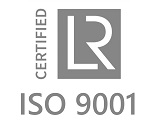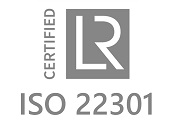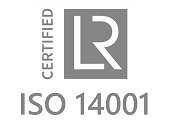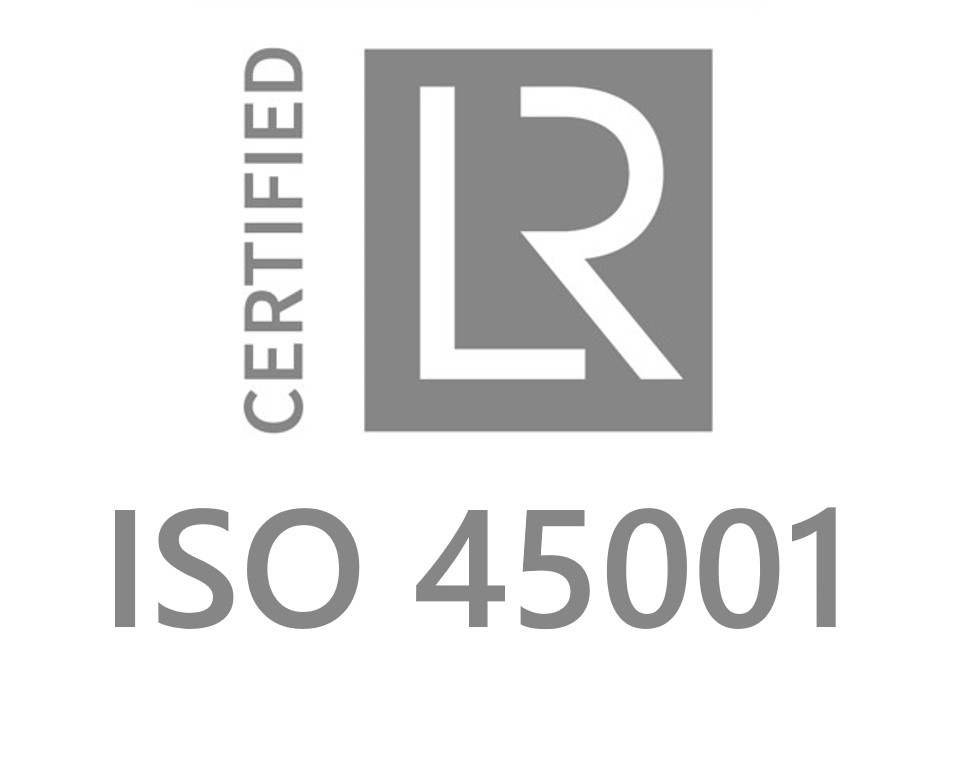Original article published in the September issue of Postal and Parcel Technology
There’s a universal approach to asset management that can work for any company, regardless of the sector or industry it operates in.
The Institute of Asset Management’s anatomy model is a great starting point, although the importance of seeking advice from an outside expert shouldn’t be overestimated. That’s because the application of asset management techniques is bespoke to specific organisations at different stages of their life-cycle.
Effective asset management requires top-level management commitment and the support of competent experts with a track-record of effective facilitation at all levels, from the boardroom to the shop floor. With this in mind, I’d suggest that postal companies follow these five steps to improve their asset management strategies.
1. Create a thorough Asset Management Policy:
This is a vital first step, which must come from the top and have board level management buy-in. The most senior staff can create tailored objectives for the company. The most effective policies demonstrate how the top management team define asset value, how they perceive risk and what their risk tolerance levels are. It’s also essential for the policy to feed into wider business plans.
2. Turn this policy into a plan:
All companies need an asset management strategy and plan, and it needs to be well communicated to become an effective process. Technical messaging can easily get lost, but facilitated conversing between expert advisors, specialist managers and asset users will create and maintain a ‘golden thread’ of communication.
3. Cascade objectives to the entire business:
Ultimately, the only way to successfully implement the policy is to ensure all employees understand its context and objectives. Staff should have an awareness and understanding of what the organisation seeks to achieve through its assets, and how they each play a part in delivering that on a daily basis.
4. Capturing data:
Consistently capturing detailed, granular asset information in an industry-recognised way and consulting with competent asset-capture surveyors is key. Asset data can quickly change or become out of date, so the data must be kept relevant to accurately influence business decisions, such as changing training strategies or investing in physical assets like equipment.
5. Combine the policy and data to make informed decisions:
Making value-based decisions based on key data and relevant information is crucial to future organisational success, particularly with regards to asset maintenance and investment. Decisions should resonate with the aspirations of the company set out in its policy, helping to drive it forward and add clarity to decisions relating to staffing, training and more.
No single company will perceive its asset risks and aspirations the same, therefore no two asset management policies will be the same. That’s why it’s vital to implement a system that’s tailored to the needs of each individual business. An effective asset management plan must align with a company’s ambitions to help unlock its true potential and deliver maximum efficiency and value.











